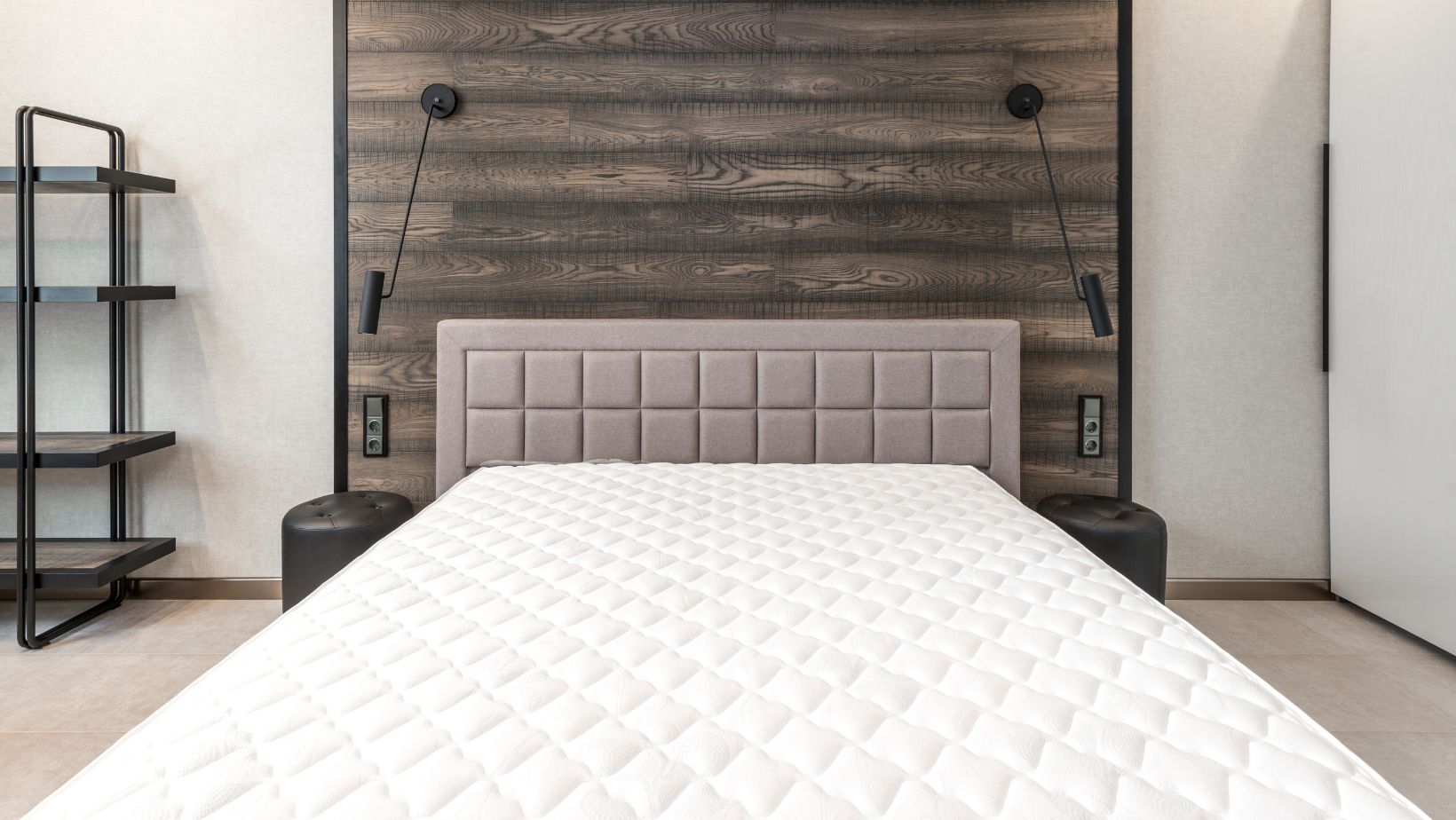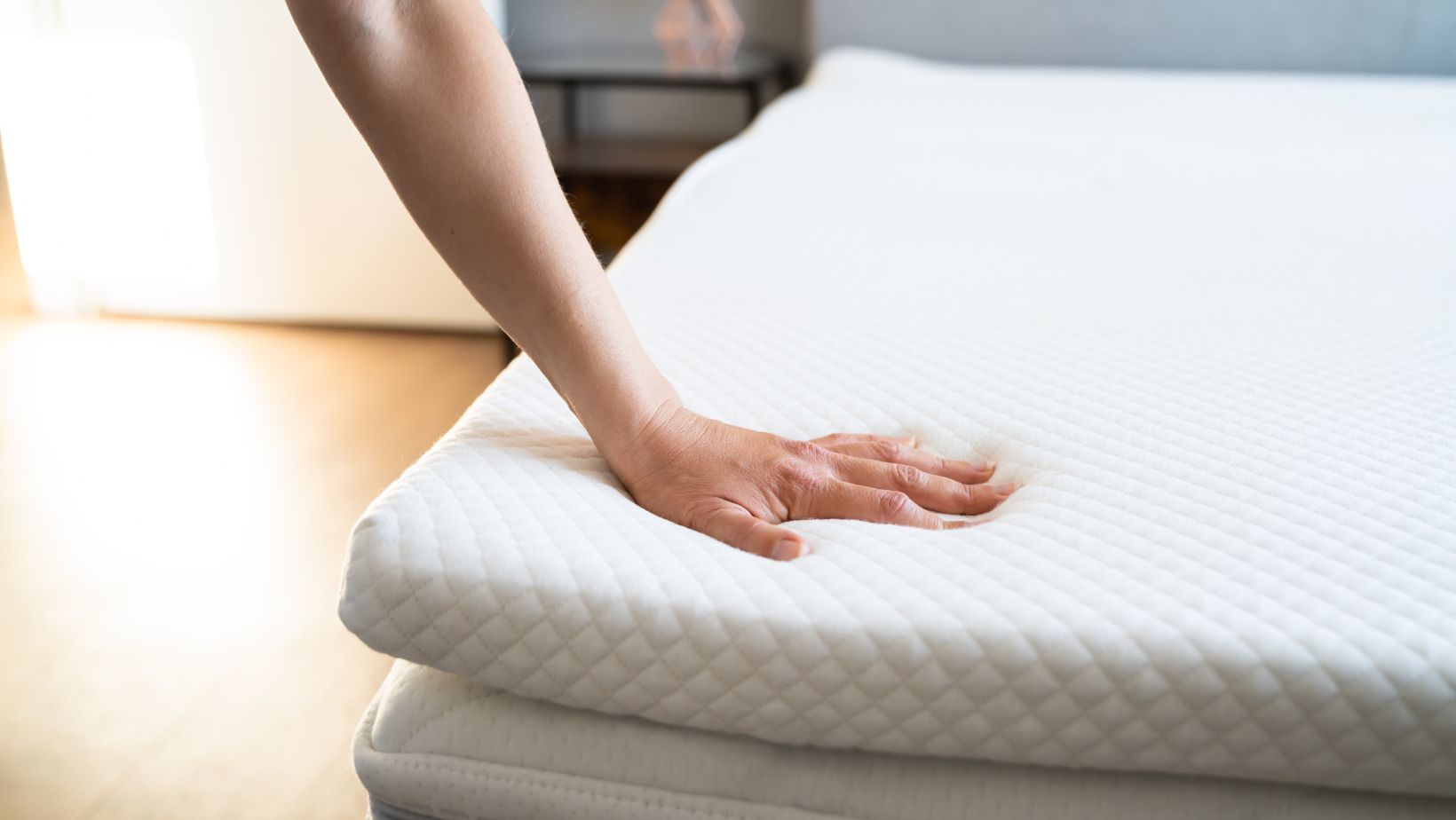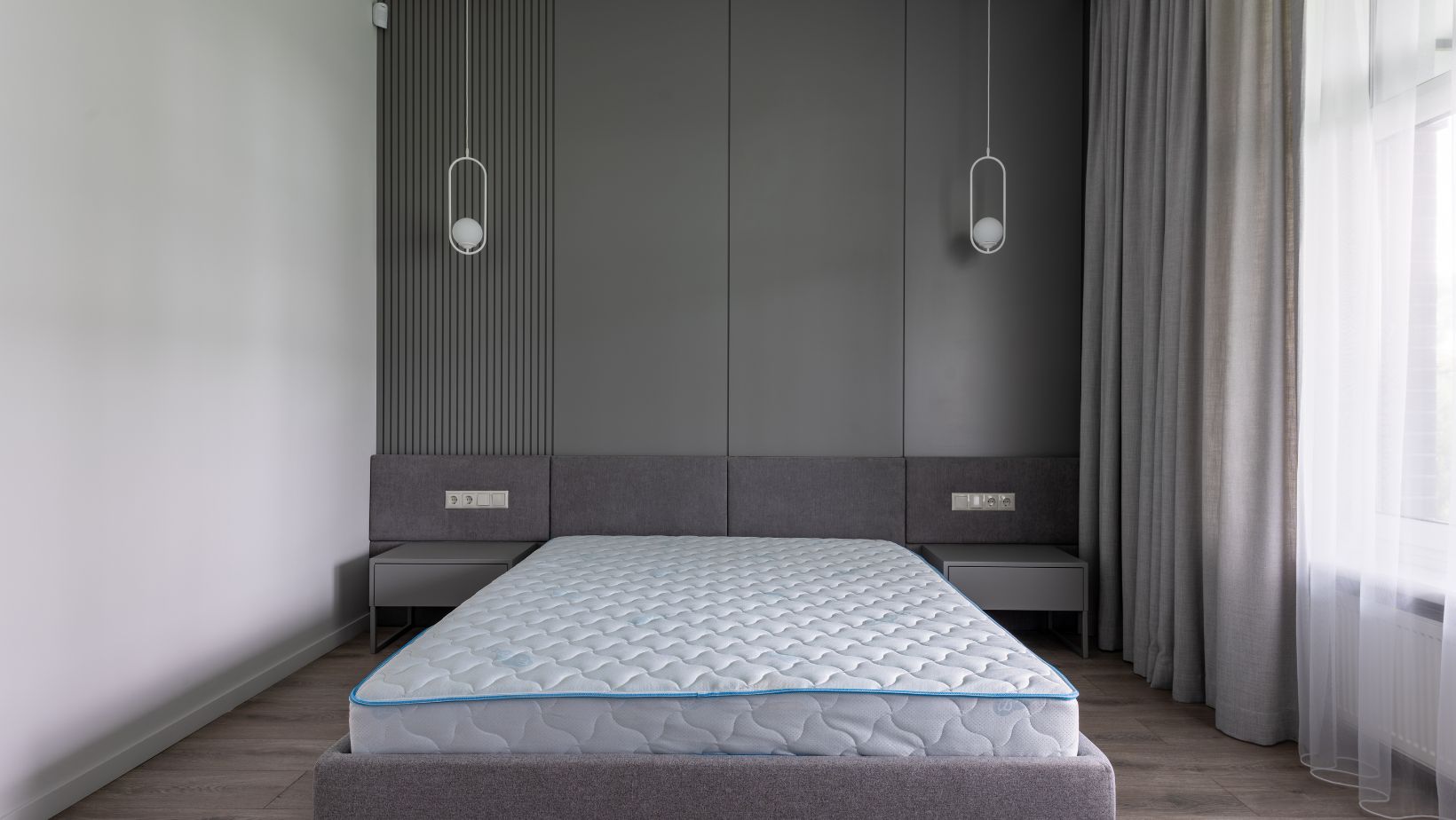
How to Choose a Memory Foam Mattress
 Shopping for a new mattress is not exactly the most thrilling adventure. It can be confusing and overwhelming, and, unless you’re a total sleep enthusiast, probably not something you do all that often. But sleep? That’s a daily (or nightly) necessity. And when you’re tossing and turning, waking up with a stiff neck, or feeling like you’ve been hit by a truck, suddenly that mattress matters a whole lot more than you thought.
Shopping for a new mattress is not exactly the most thrilling adventure. It can be confusing and overwhelming, and, unless you’re a total sleep enthusiast, probably not something you do all that often. But sleep? That’s a daily (or nightly) necessity. And when you’re tossing and turning, waking up with a stiff neck, or feeling like you’ve been hit by a truck, suddenly that mattress matters a whole lot more than you thought.
If you’re reading this, you’re probably somewhere in that spiral of trying to make sense of it all. You’ve seen the ads, maybe browsed through endless online reviews, and possibly wondered if there’s a “right” choice for you. The good news? You don’t have to guess. There are ways to make the whole mattress thing a lot simpler. And if you’re curious about quality options, Memory foam mattresses from EzeMattress are definitely worth having on your radar. Here are a few tips that will help you make a smart, satisfying choice.
1. Don’t Just Trust the Label—Understand the Density
Here’s the thing about memory foam: not all of it is created equal. You might read a product description that says “high-density foam” and think, “Ah yes, this must be good.” But unless you actually know what that means, it’s easy to be misled.
Density in memory foam doesn’t refer to firmness, which is a totally different thing (and we’ll get to that). Instead, it’s about how much material is packed into the foam. Higher density usually means more support and durability—it’s going to last longer and provide better pressure relief. Think 4 to 5 lbs per cubic foot for higher quality stuff. Lower-density foam, on the other hand, tends to feel softer but may wear out more quickly.

Now, that doesn’t automatically mean high density is better for everyone. If you’re a lightweight sleeper or tend to sleep hot, super-dense foam might actually feel too heavy or too warm. But if you’re someone who deals with back pain or just wants a mattress that doesn’t give up after a couple of years, paying attention to density is a smart move.
2. Think About Your Sleeping Style (Like, Really Think About It)
Okay, quick question: how do you sleep? Not just “I sleep on my side,” but do you curl up like a pretzel? Do you flop from one side to the other all night? Maybe you crash on your back and wake up in the same spot every morning. Your sleep habits are a huge factor in choosing the right memory foam mattress.
For example, side sleepers usually need a bit more give, something that can cradle your shoulders and hips without pushing back too hard. In that case, a medium to soft memory foam mattress might be perfect. Back sleepers, on the other hand, tend to do better with medium-firm options that keep the spine in alignment without letting your lower back sag.
Stomach sleepers? Tricky business. You want enough firmness to prevent your hips from dipping too much, which can mess up your posture and cause pain. But too firm, and your chest and ribs might not feel supported. It’s a bit of a balancing act, which is why testing out or reading very specific reviews about your sleeping style really helps.
3. Watch Out for Heat—Cooling Matters More Than You Think
Let’s be real: memory foam has a bit of a reputation for being… well, kind of hot. And not in a good way. Traditional memory foam tends to trap heat, which means if you’re someone who sleeps warm (or lives in a warm climate), you might find yourself sweating buckets in the middle of the night.
That’s where cooling technology comes in. These days, mattress makers are getting pretty creative—infused gels, copper particles, breathable covers, open-cell structures, you name it.

Some of these work better than others, and yeah, a few are probably more marketing hype than anything. But when done right, cooling features can make a huge difference.
So, how do you tell if the cooling stuff is legit? First, check for real-world reviews—not just five-star ratings, but actual customer feedback that mentions sleeping temperature. Second, look for more than one type of cooling element. A breathable cover alone won’t help if the core of the mattress is just a giant heat sponge.
The Bottom Line
Purchasing a mattress might not be the most glamorous purchase, but it’s definitely one of the most important. You’re investing in your health, your energy, and your sanity. With so many options out there, taking a bit of extra time to really understand what you need (and what you don’t) can save you from years of restless nights.




